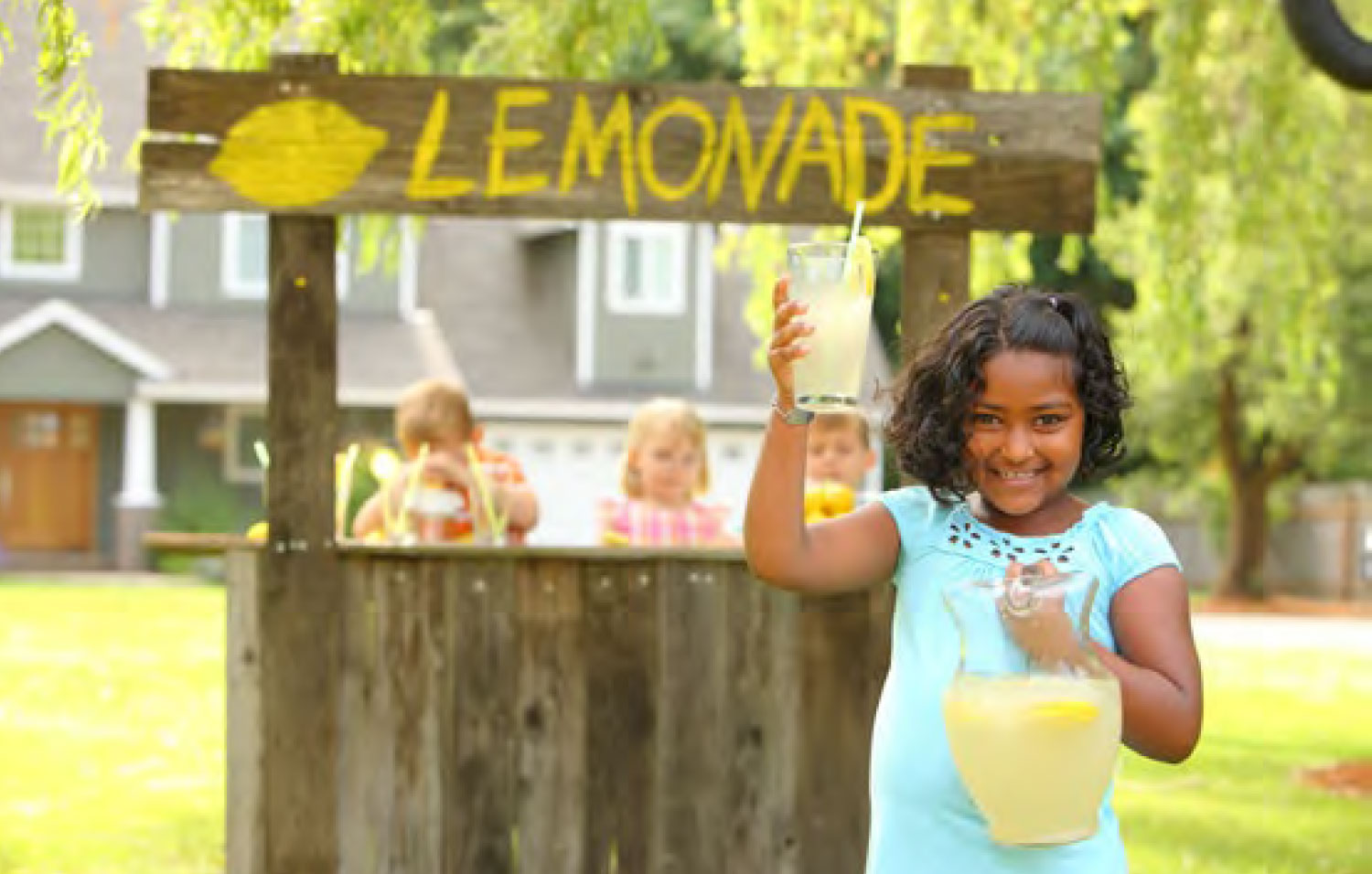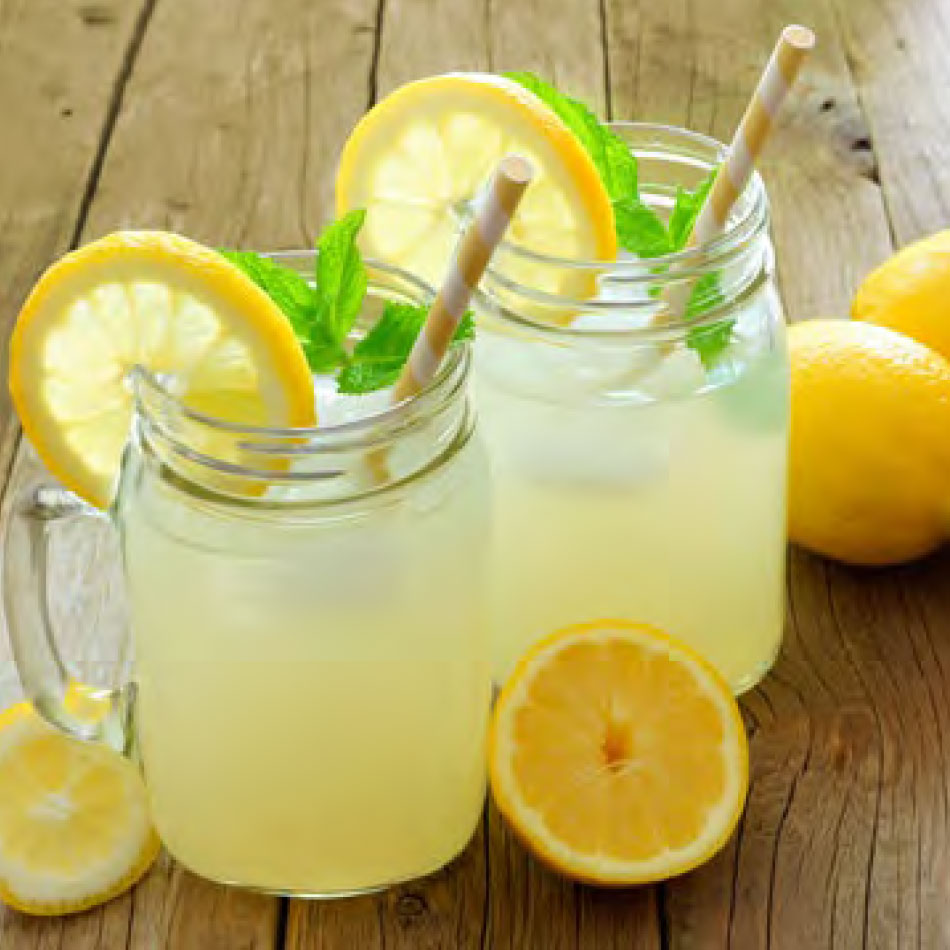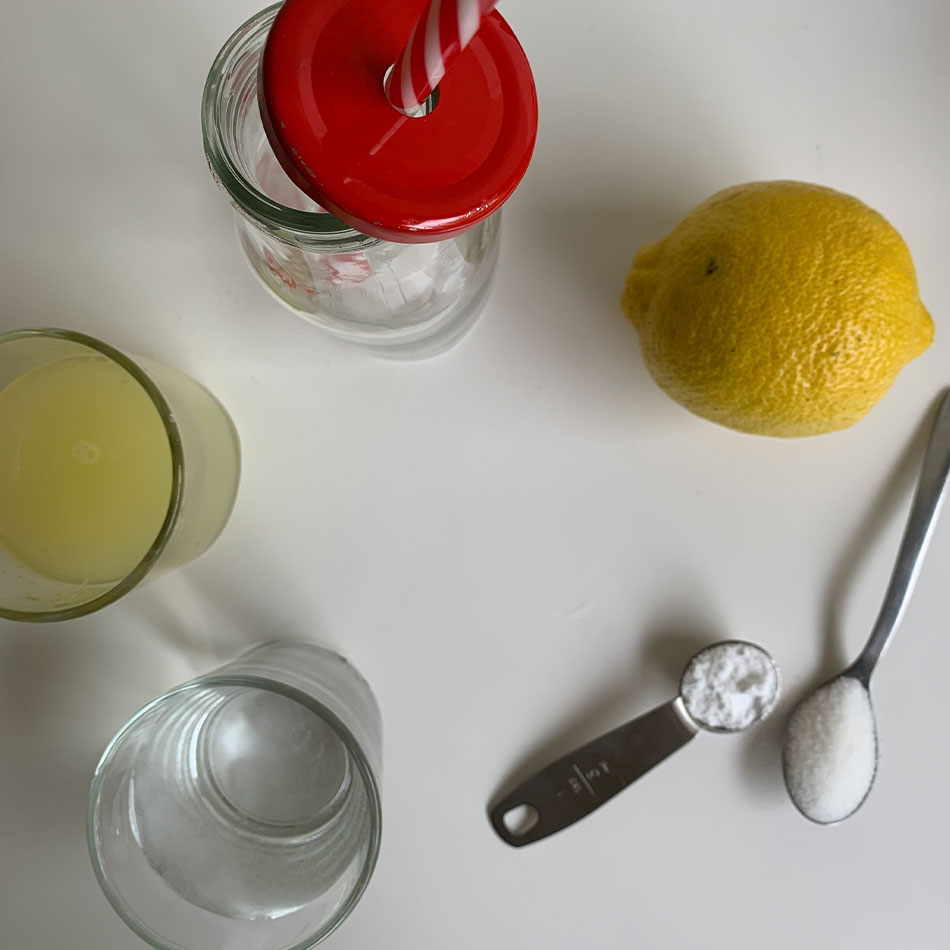
Add some fizz and refreshment to a hot summer day—with chemistry!



Why is soda fizzy? And where do those bubbles come from? The answer is carbonation! Carbonation is the process of adding carbon dioxide (CO2) to a liquid.
In this experiment, you are creating a chemical reaction between an acid—the lemon juice—and a base—the baking soda. The chemical reaction creates carbon dioxide in your liquid and that's what forms the bubbles. Behold the fizz!
This is the same kind of carbonation we find in all fizzy drinks. When it is added under pressure, and kept at cool temperatures, CO2 gas dissolves easily. As soon as the pressure is released, though, by opening a can or bottle, the gas races to the surface, and the fizz escapes.
Congratulations—you just created a chemical reaction! And now you get to drink it!
Many people will reach for a refreshing glass of lemonade to cool off during a heat wave—and there is some science behind this habit. Lemonade, and other sour drinks that are highly acidic, stimulates our salivary glands, wetting the mouth and providing relief from that parched feeling we associate with being dehydrated. This refreshing, thirst-quenching effect lasts even after you’ve polished off the glass.